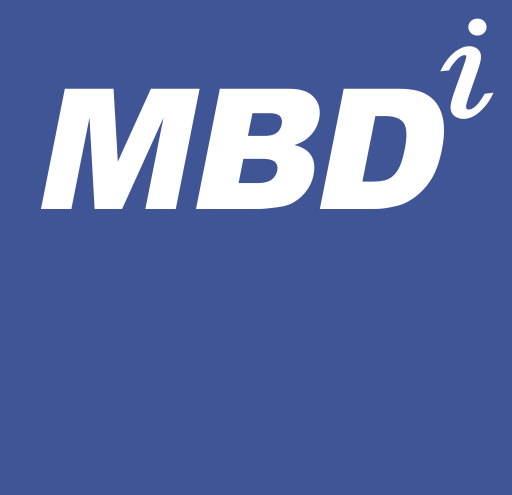Would you rehire your business development team? If you’re asking this question, it’s indicative that something has gone wrong, whether it be a miscommunication between your capture managers and your customers, or a misalignment of your business development plan. No organization is made up of all superstars and the key to discovering what went wrong is in identifying the systemic virus infecting your business development team.
The phrase “it’s the economy stupid” was used in one of the more recent presidential campaigns to identify the primary element affecting the health of the nation, but in this particular case there’s usually no singular external issue impacting the success of the whole business development organization. Additionally, an organization with a malfunctioning business development team doesn’t get this way overnight. If you found that the majority of your team is consistently underperforming, its time to look at some base causes.
The first issue to examine in any organization is the effectiveness of your business development plan, in particular its relationship with the company’s core strategic plan. The BD plan should work towards furthering the goals of the company as a whole. Questions to ask when scrutinizing the BD plan include what level of operational and tactical business development plans were put together for this team; were the objectives and plans directed from top down or were those that were responsible for their execution involved in putting them together; and how have the plans been implemented?
In addition, consider whether your organization understands the difference between the hunter vs. farmer profile. In essence, have you matched the person, the profile and the personality to the position? Hunters are always searching the competitive marketplace for new strategic opportunities to grow the company, while farmers nurture the company by expanding already existing contracts and task orders. By building a staffing plan, you can identify the needs of the BD organization and the skills of its team, whether they be hunters or farmers. This in turn helps answer whether you have the right personnel on your team to execute the plan and how well you’ve placed part-time BD individuals, i.e. program and project managers, into the business development role to successfully carry out the plan.
Now say you’ve had good plans and have done a good position analysis, job description and personnel match. Have you then seen the quantity and quality of behavior in the role necessary to produce the accountable results? In other words, have you chosen people with the proper job scope. All attempts should be made to match the BD people along the lines of the job staffing plan. Remember, business developers can’t control whether other people buy, but they are ultimately responsible for the quality and quantity of behavior with a process necessary to produce revenue results.
As you evaluate this behavior, make sure to identify the shortcomings of being either mechanical or conceptual based. Mechanical issues are a lack of knowing what to do, how to do it and why it works in the world of BD. These issues can be solved through continuous documentation of job performance, the application of lessons learned and acquiring the proper education and skills to perform the job. Conceptual based issues are the psychological limitations that inhibit a person in the execution of the right behavior. These can be solved through learning the correct BD mindset and overcoming any roadblocks to success.
Also relevant to an effective business development team is a tailored BD process that will focus resources on producing intelligence and data that in turn reveals early indicators of problems. Good BD process helps quickly qualify or disqualify prospects, but a more important or an equally important component of that process is to quickly indicate conceptual or mechanical problems of the individuals utilizing the process, commonly known as self-analysis.
Finally it’s time to look in the mirror because the buck stops with the person in charge. A business development organization is a reflection of the leadership of the organization and the person put in charge of the BD team. Leadership is having character, vision and purpose. Leadership is the ability to mentor others, model the right behavior and know the difference between coaching on behavioral issues and counseling on the conceptual issues.
It’s a full-time job for a select few individuals. BD organizations follow and model what they see in their leader, not what they hear. The success of a BD team is a reflection of the leadership ability of the person put in charge.
If the question is would you rehire your BD team, ultimately an equal question is would you rehire your BD team leader. Firms with a strategic growth strategy should analyze their BD team and its leadership to decide whether they are positioned to succeed with a “build it on their own” organic approach.


